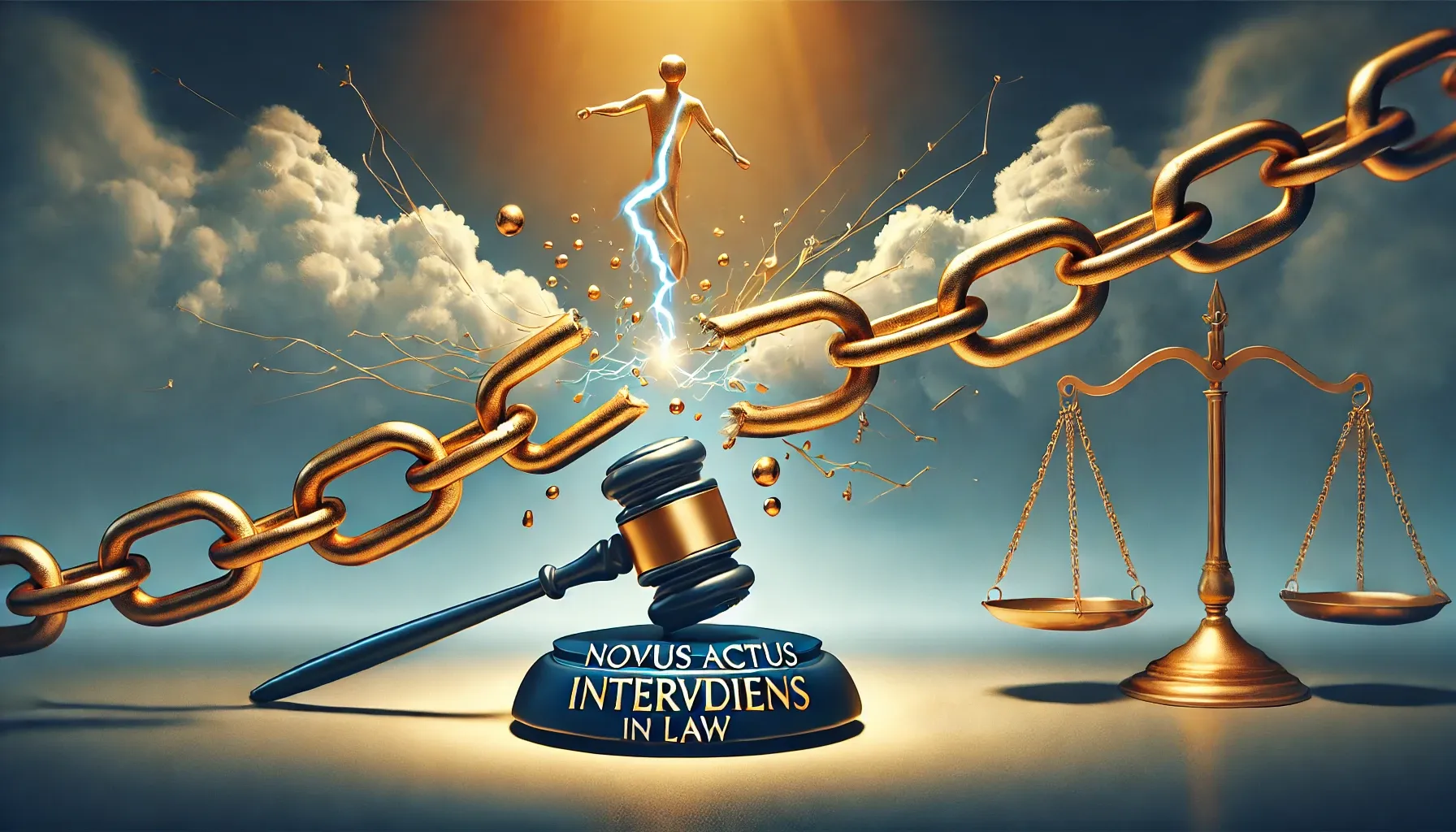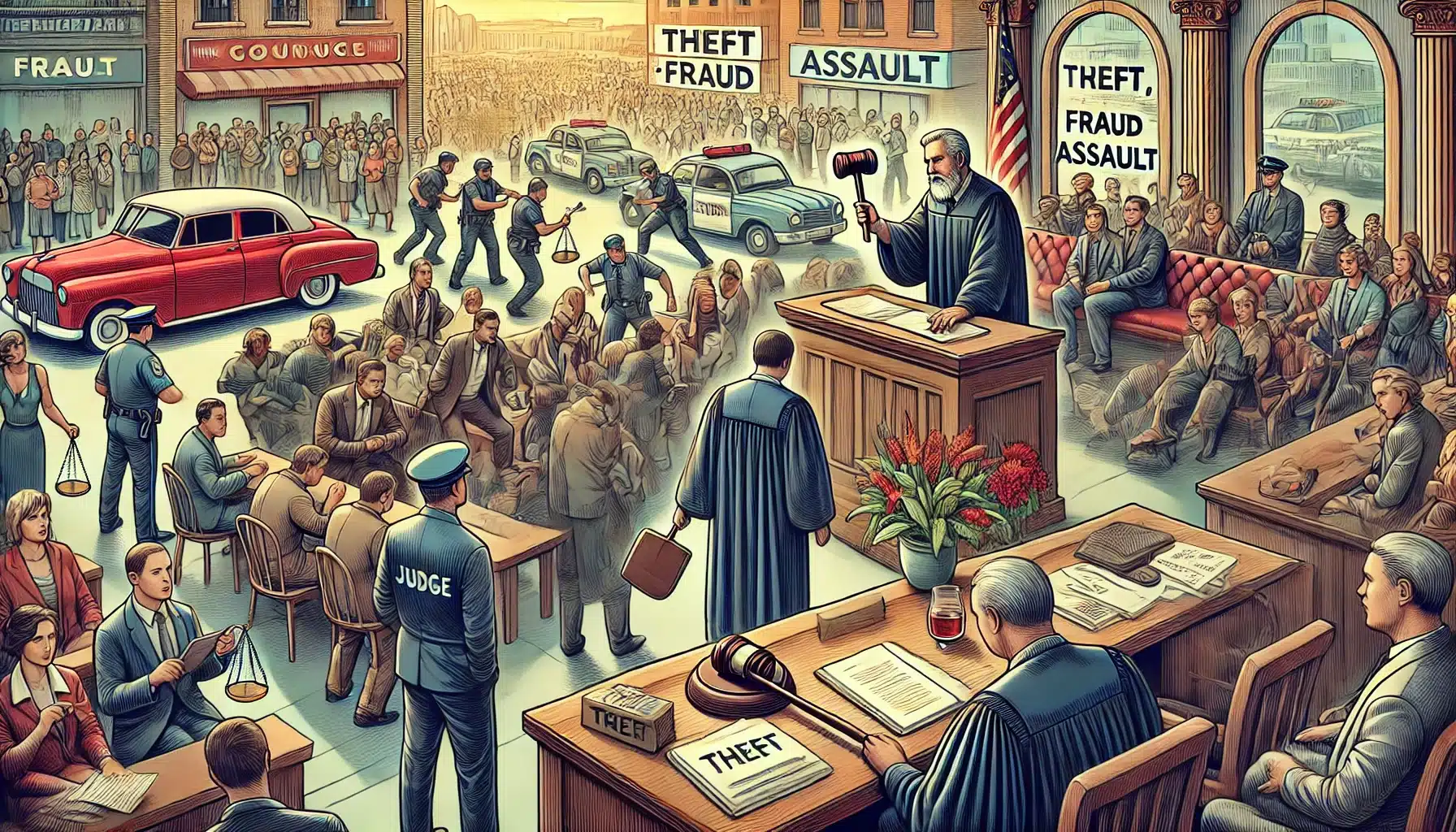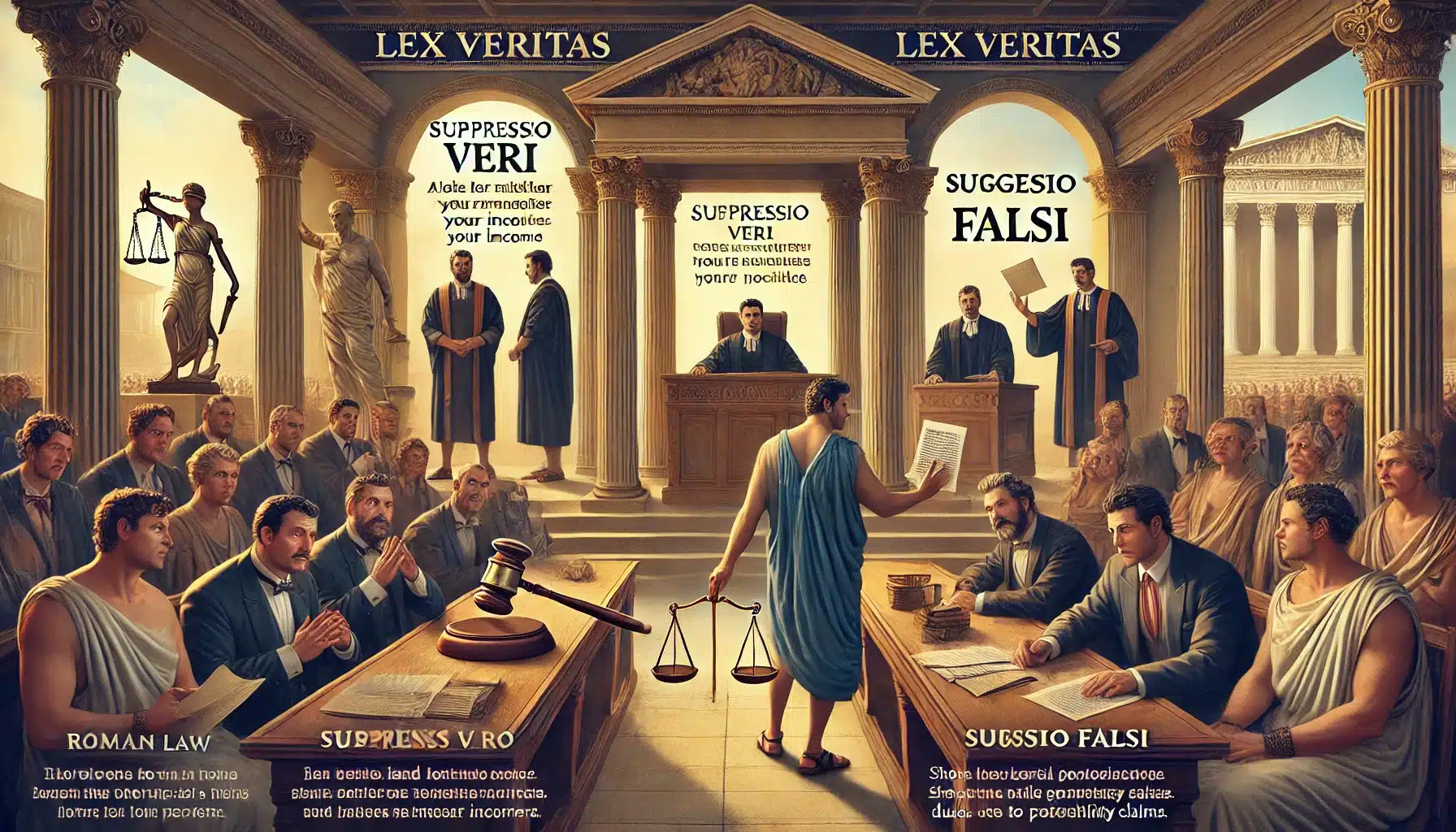Death in its literal sense means that when the body ceases to function and then the person is declared to be dead. There is no brain and heart function.

Meaning of Death
Death in its literal sense means that when the body ceases to function and then the person is declared to be dead. There is no brain and heart function.[1]
Definition-
According to the whole-brain standard, human- death is the irreversible cessation of functioning of the entire brain, including the brainstem. This standard is generally associated with an organism definition of death (as explained below). Unlike the older cardiopulmonary standard, the whole-brain standard assigns significance to the difference between assisted and unassisted respiration. A mechanical respirator can enable breathing, and thereby circulation, in a “brain-dead” patient- a patient whose entire brain is irreversibly nonfunctional. But such a patient necessarily lacks the capacity for unassisted respiration.[2]
Types of Death[3]
Philosophical definition of death is completely different from the perspective of the thanatologist; death as per the thanatological definition means that it is a permanent and irreversible cessation of life, for a cessation to exist there should total stoppage of circulation of blood and cessation of vital functions such as pulsation and respiration. The aspects of clinical death has been divided into the following heads-
Clinical death– clinical death is a category of death in which the brain is permanently damaged and the person is at the mercy of ventilators and dialysis machines. It can further be subdivided into three parts-
- Brain death- A person is declared brain dead when all the parts of the brain are damaged irreversibly and there remains no chance of revival. There are subcategories of brain death also which are-
- Cortical death- It is a type of death in which a person’s cortical ceases all the functions and as a result, the person goes into the state of comatose.
- Brain stem death- All the functions pertaining to the brain stem cease to exist permanently and irreversibly. The person suffering from brain stem death will be devoid of breathing spontaneously, without any medical intervention the molecular death will follow and the brain function will cease to exist in 5 minutes.
- Circulatory death[4]– The death of the heart results in circulatory death as there is no oxygen supply to the brain so in sometime the brain function ceases and as a result the person dies. It is one of the trickiest forms of death; a person can be revived out of heart death if cardio-pulmonary resuscitation is followed immediately. So it is necessary for the purpose of declaring a person is heart dead that the CPR is immediately followed after the heart death.
- Molecular death[5]– Molecular death is a follow up to the heart death since the circulatory system ceases to function; the first organ to die because of oxygen deficiency is the brain then lungs, then liver, then kidney and then the cells of heart die.
Indian laws only recognize brain death as the clinical form of death. Can a person die if they have lost all hopes of being revived and re-spun in real life? It’s a yes and no situation.
Usage: Right to Die in context Indian Judiciary
This stance of the judiciary can be divided into three periods, first being the set-off period, second being the evolutionary period and third being the final period. The judiciary set-off by denying the right to die to any person, then in the evolutionary period they recognized it but they had a very stringent point of view and in the period they recognized the right to die under the ambit of Article 21 of the Constitution of India, 1950.
The set-off period started from the case of Gian Kaur v.Union of India[6] the judges simply denied the notion that right to life does not include a right to die as in this case Gian Kaur’s husband Harbans singh committed suicide after the instigation by Gian. The defense raised the question about Article 21; they claimed that the right to life contains the right to die. The judges simply denied this notion but the issue rose embarked on a whole new era of advocacy for right to life and right to die.
The evolutionary period came along the with the case of Aruna Ramchandra Shanbaug v. Union of India[7], this case ignited debate upon right to die, however court did not allowed the plea of euthanasia. According to King Edwards Medical hospital the Aruna actually responded in the form of grunts, so the spark of life was still there the court ruled that euthanasia cannot be granted to her since there are sign of life in her but the court admitted that the passive euthanasia can be given where there is no chance for the people.
The final period can be denoted by the case of Common Cause v. Union of India[8], Constitution is inclusive of the ‘right to die with dignity’ and directions for adoption of suitable procedure for executing ‘Living Wills’, in which a person, when in sound mind and good health, may record his wish that he should not be kept alive with the help of ventilators, if doctors, at any stage of his life, opine that he cannot be kept alive without life support system. The judgment has paved the way for the terminally ill patients to seek death through the passive euthanasia under a “living will”. This judgment denoted that the right to life includes the right to die.
Origin of the term ‘death’-
The term ‘death’ originated from the Nordic word ‘douth’. The death means the cessation of all the function of the body is known as death. The concept of death has a well defined bound but the definition is still not set because our understanding of death is still limited. It is subject for scrutiny by many thanatologists since they have given a valid explanation to the types of death in relation to the human body but the understanding of the term to its fullest extent is still under development and to be explored by the scientists.
[1] Merriam Webster, SOURCE, Merriam Webster, 13/06/2020,11:30pm
[2] Stanford University, SOURCE, Stanford University, 13/06/2020, 12:00pm
[3] Forensic science lab,Chandigarh, SOURCE, Government of Chandigarh, 12:30pm
[4] Tia Ghose, Assistant Managing Editor, source,live Science, 13/06/2020, 1:00pm
[5] Supra 3
[6] Gian Kaur v.Union of India , 1996 SCC (2) 648
[7] Aruna Ramchandra Shanbaug v. Union of India , (2011) 4 SCC 454
[8] Common Cause v. Union of India, (2018) 5 SCC




